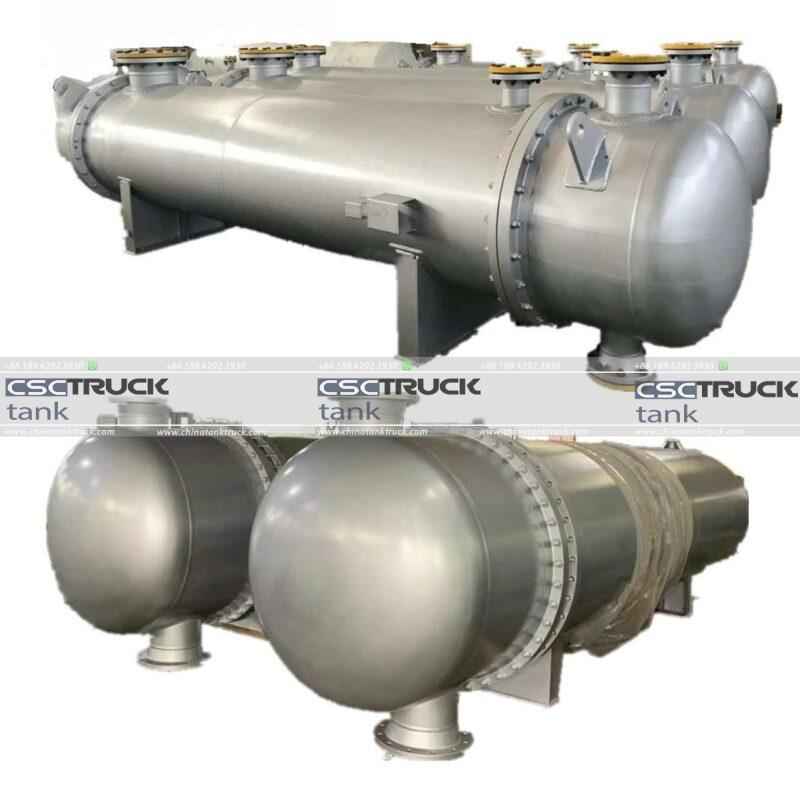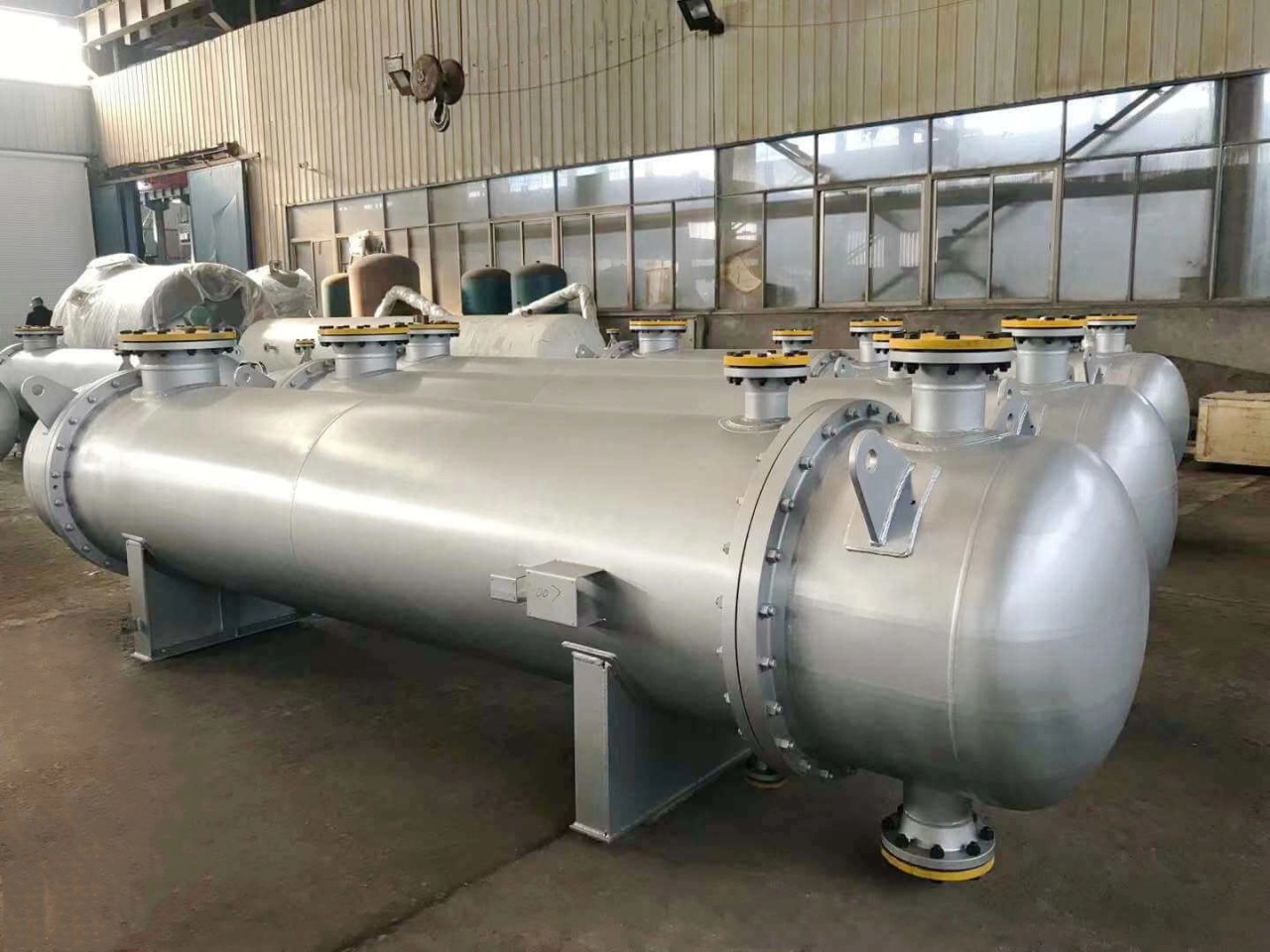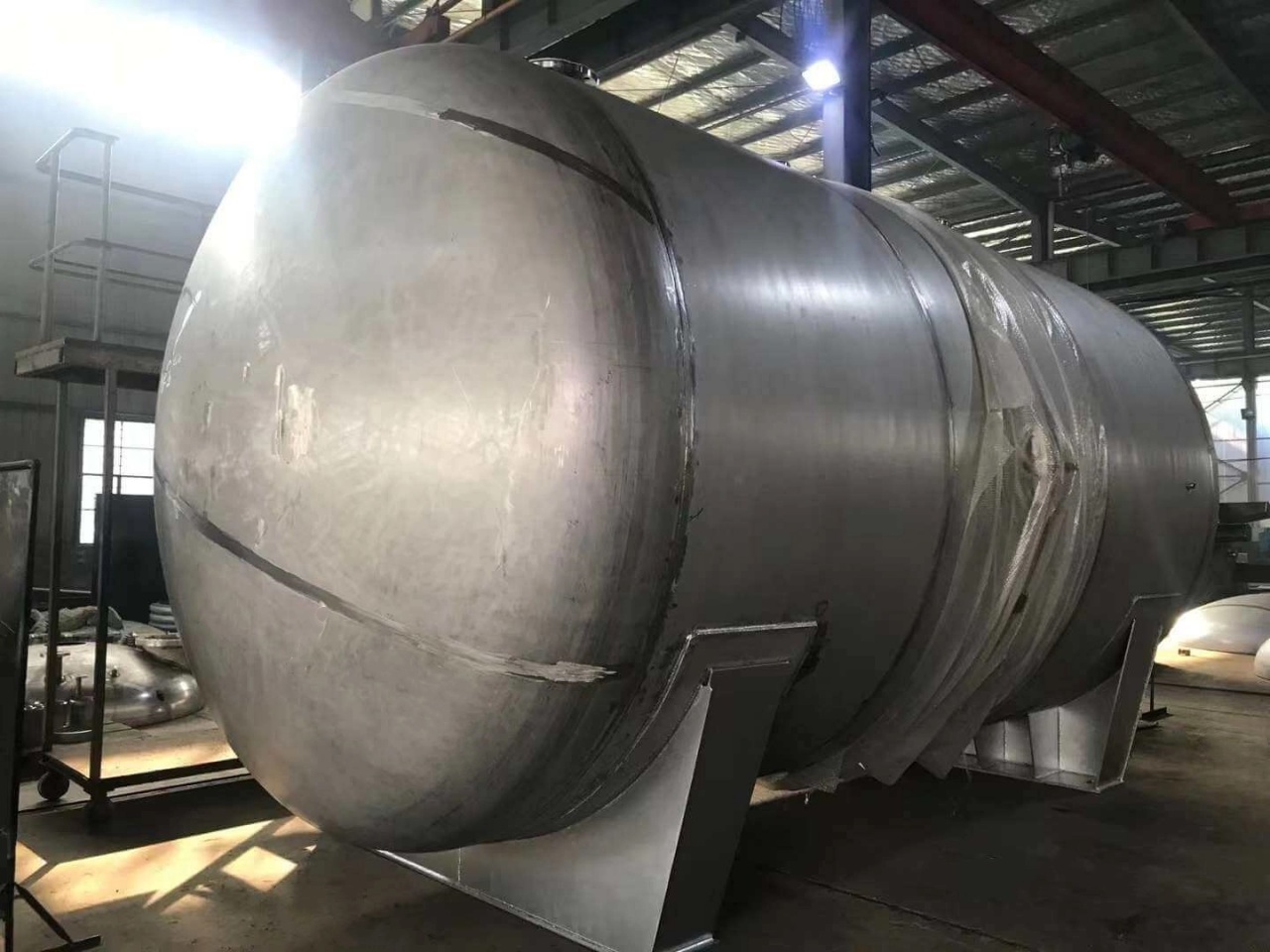Pressure Vessel: Design, Safety Standards & Uses for Transporting Pressurized Liquids
Pressure vessels are indispensable in industries such as oil and gas, chemical processing, and transportation, especially for storing and transporting pressurized liquids. These structures are engineered to safely contain substances under high pressure, ensuring operational efficiency and safety. This article delves into the design principles, safety standards, and applications of pressure vessels, focusing on their role in transporting pressurized liquids.
What is a Pressure Vessel?
A pressure vessel is a container designed to hold gases or liquids at pressures substantially higher or lower than ambient pressure. The ability to manage high-pressure substances makes these vessels crucial in a variety of industrial processes. Common examples include storage tanks, heat exchangers, and transport tanks.
Design Principles of Pressure Vessels
Designing pressure vessels is a multidisciplinary endeavor that combines materials science, mechanical engineering, and fluid dynamics. Key design considerations include:
- Material Selection
- Materials must resist high pressure, temperature, and corrosion. Common materials include carbon steel, stainless steel, and specialized alloys.
- Non-metallic materials such as composites or polymers are used in specific applications where weight and corrosion resistance are critical.
- Wall Thickness
- Wall thickness is calculated to withstand internal pressures while accounting for material strength and potential stress concentrations.
- The design formula typically uses the thin-wall or thick-wall pressure vessel equations, depending on the vessel’s geometry.
- Shape and Geometry
- Cylindrical and spherical shapes are preferred due to their ability to evenly distribute stress.
- Flat surfaces are avoided as they tend to concentrate stress, increasing the likelihood of failure.
- Safety Features
- Pressure relief valves, rupture disks, and vents are incorporated to manage overpressure scenarios.
- Double containment systems may be used for added safety.
- Seam and Weld Design
- Welds and seams are potential weak points and must meet stringent quality standards.
- Non-destructive testing (NDT) methods such as ultrasonic or radiographic inspection are used to ensure integrity.
Safety Standards and Regulations
Safety is paramount in the design and operation of pressure vessels. Numerous national and international standards govern their design, manufacture, and maintenance.
- ASME Boiler and Pressure Vessel Code (BPVC)
- The ASME BPVC is the gold standard for pressure vessel design in the United States and internationally.
- Sections VIII, Divisions 1, 2, and 3 cover different pressure levels and complexities of vessel design.
- European Standards (EN 13445)
- EN 13445 is a comprehensive standard for pressure vessel design in Europe.
- It focuses on materials, testing, and the structural integrity of vessels.
- API Standards
- The American Petroleum Institute (API) provides standards for specific applications, such as API 620 for low-pressure tanks and API 650 for atmospheric storage tanks.
- Periodic Inspections
- Regulatory bodies mandate periodic inspections to assess corrosion, fatigue, and other wear and tear.
- Acoustic emission testing, hydrostatic testing, and visual inspections are common methods.
- Transportation-Specific Regulations
- The Department of Transportation (DOT) and the International Maritime Organization (IMO) regulate the transport of pressurized liquids.
- Standards like the DOT 406 and IMO Type 1 and Type 2 vessels dictate safety measures for mobile pressure vessels.
Uses for Transporting Pressurized Liquids
Transporting pressurized liquids is a specialized application of pressure vessels. The industries and scenarios where these vessels are essential include:
- Petroleum and Chemical Industries
- Transporting hydrocarbons, liquefied natural gas (LNG), and liquefied petroleum gas (LPG).
- Corrosion-resistant vessels are used for acidic or reactive chemicals.
- Food and Beverage
- Vessels transport liquids such as carbonated beverages, cooking oils, and liquid CO₂.
- Stainless steel is a common choice to maintain product purity.
- Cryogenic Applications
- Cryogenic vessels are used to transport liquefied gases like nitrogen, oxygen, and helium at ultra-low temperatures.
- These vessels feature advanced insulation systems to minimize heat transfer.
- Water Treatment
- Transporting pressurized chemicals like chlorine and sodium hydroxide for water purification processes.
- Pharmaceuticals
- Vessels transport sterile liquids and solvents under controlled conditions to ensure product integrity.
- Industrial Gases
- Pressure vessels transport compressed gases such as hydrogen and ammonia for industrial applications.
- These vessels are designed to withstand high pressures exceeding 10,000 psi.
Key Features of Pressure Vessels for Transport
- Portability
- Transport vessels are mounted on trucks, railcars, or ships, designed for ease of movement.
- Durability
- Enhanced structural integrity ensures the vessel withstands vibrations, impacts, and other stresses during transit.
- Insulation
- Thermal insulation maintains the temperature of the contents, critical for cryogenic and heat-sensitive substances.
- Safety Mechanisms
- Emergency relief valves and burst disks protect against pressure spikes during transport.
Emerging Trends and Innovations
- Composite Materials
- Lightweight composites are replacing traditional metals, especially for mobile applications.
- These materials offer superior corrosion resistance and weight reduction.
- Digital Monitoring
- Smart sensors monitor pressure, temperature, and structural health in real time.
- IoT-enabled systems facilitate predictive maintenance, reducing downtime and risks.
- Sustainable Practices
- The industry is adopting eco-friendly materials and recycling programs for decommissioned vessels.
- Advanced Manufacturing Techniques
- Additive manufacturing enables complex geometries and reduced material wastage.
Challenges in Pressure Vessel Transportation
- Regulatory Compliance
- Adhering to varying international regulations can be complex.
- Cost
- High-quality materials and rigorous testing increase manufacturing costs.
- Risk Management
- A failure during transport can have catastrophic consequences, requiring stringent risk mitigation strategies.
- Maintenance
- Regular maintenance is costly but essential to prevent long-term failures.
Conclusion
Pressure vessels are critical for safely transporting pressurized liquids across industries. Their design combines rigorous engineering principles with advanced safety features, governed by international standards. With innovations in materials and monitoring technologies, the future of pressure vessels looks promising, emphasizing efficiency, safety, and sustainability. For industries relying on pressurized liquid transport, understanding the complexities of pressure vessels is key to operational success.





